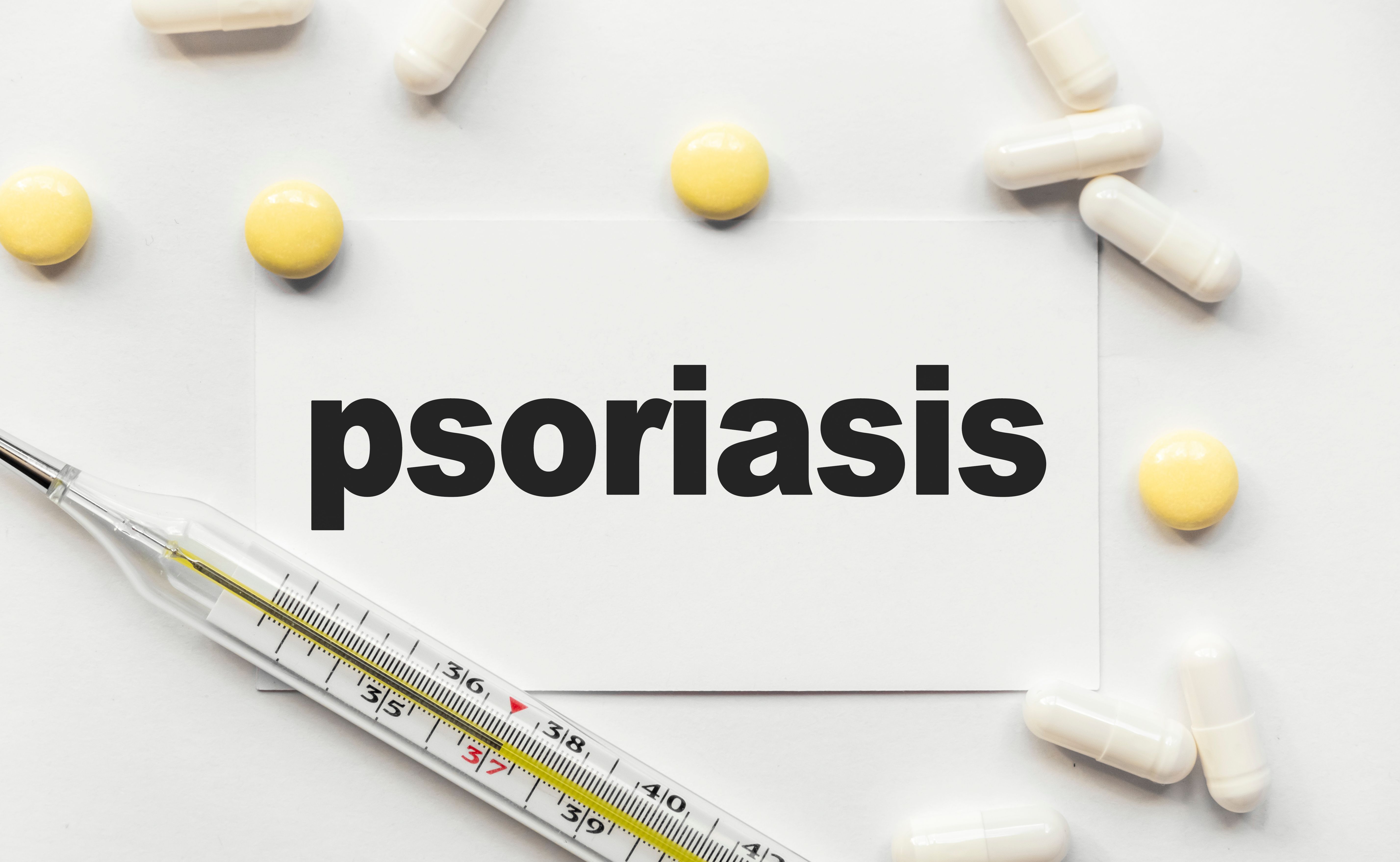Article
Poster Recap: Associations Among Opioid Use, Outpatient Visits, and Comorbidities in Patients With Moderate-to-Severe Psoriasis
Author(s):
Background
Zhdanava and colleagues conducted a retrospective study to examine how patients with moderate-to-severe plaque psoriasis (PsO) typically use opioids and healthcare resources; these patients were stratified by number of PsO-related comorbidities.1
Methods
Gathering data (dated between January 2010 and March 2017) from a database of privately insured patients, Zhdanava and colleagues identified adults with moderate-to-severe PsO who had 2 or more diagnoses. The date of the first diagnosis was considered the index date. Patients receiving systemic or biologic therapeutics were stratified by the number of PsO-related comorbidities that began within 12 months after the index date. Per-patient-per-year (PPPY) outpatient visits were tracked after the index date until patient eligibility ended or the data were no longer available.1
Patients with less than 12 months coverage before or after the index date or with pre-existing PsO-related comorbidities were not included in the study.1
Results
During the 12 months before the index date, more PsO patients (24.2% of the systemic users and 26.9% of the biologic users) received opioids than non-PsO patients (15.7%). For PsO patients, during the pre-index period, a greater number of comorbidities was associated with increased opioid use. Of systemic users with 0 comorbidities, 21.3% used opioids; with 1 to 2 comorbidities, 27.8%; and with 3 or more, 31.4%. Of biologic users with 0 comorbidities, 21.7% used opioids; with 1 to 2 comorbidities, 32.2%; and with 3 or more, 33.3%.1
After the index date, of the systemic users, 58.8% developed 0 comorbidities, 35.4% developed 1 to 2, and 5.8% developed 3 or more. Of the biologic users, 51.3% developed 0 comorbidities, 40.2% developed 1 to 2, and 8.5% developed 3 or more. A greater number of comorbidities was associated with more PPPY outpatient visits. For systemic users with 0 comorbidities, the PPPY outpatient visit rate was 12.7; 1 to 2 comorbidities, 16.4; and 3 or more comorbidities, 24.2. For biologic users with 0 comorbidities, the PPPY outpatient visit rate was 10.4; 1 to 2 comorbidities, 14.5; and 3 or more comorbidities, 22.5.1
Before and after the index date, opioid treatment was associated with higher PPPY outpatient visit rates. For systemic users who received opioids and had 0 comorbidities, the PPPY outpatient visit rate was 14.2; 1 to 2 comorbidities, 18.8; and 3 or more comorbidities, 26.7. For biologic users who received opioids and had 0 comorbidities, the PPPY outpatient visit rate was 11.5; 1 to 2 comorbidities, 18.1; and 3 or more comorbidities, 26.4.1
Conclusions
The results of this analysis showed that patients with moderate-to-severe PsO had a high rate of opioid use, and this rate increased with the number of PsO-related comorbidities. Opioid use and/or a higher number of comorbidities was associated with a higher number of PPPY outpatient visits.1
Reference
1. Zhdanava M, Teeple A, Pilon D, Shak N, Fitzgerald T, Lefebvre P. Opioid and healthcare resource use among privately insured moderate-to-severe psoriasis patients in the US. Poster presented at: ISPOR 2019; May 18-22, 2019; New Orleans, LA. ispor.org/heor-resources/presentations-database/presentation/intl2019-2217/92246.





